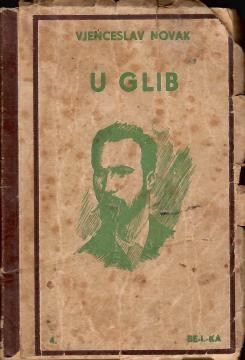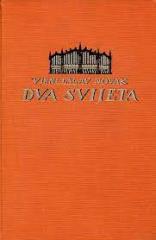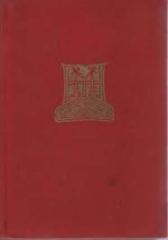
U glib - iz velegradskog podzemlja
"U glib - iz Velegradsko podzemlje" is a social short story published by Vjenceslav Novak in 1905, and it powerfully portrays the problems of the working class in Zagreb at the turn of the 19th and 20th centuries.
Throughout the story, the author deals with the themes of poverty, prejudice against the poor and the problem of drunkenness, which plays a key role in the development of the plot. As in many of Novak's works, a pronounced social theme is present here as well.
Novak, who himself knew a hard life, shows the everyday life of people who barely make ends meet, while struggling with the prejudices of higher social classes. Through the character of Mikina, the author criticizes the attitudes of the rich towards the poor, portraying them as a shame that should be avoided. This symbolism is expressed in Mika's apartment, described as a gloomy space that reflects the isolation and aversion of the upper classes towards the poor.
In the story, you can feel the deep suffering of poor families, students and workers who are struggling with the troubles of life. Their destinies are often imbued with helplessness, while the wealthier swim in abundance. Novak focuses on characters who, despite their goodness, are trapped in the shackles of social injustice. The problems they face include drunkenness and loss of dignity, as can be seen with the drunk Slovak or the sick Štef, whose fates depict the hopelessness of the situation.
Novak's short story can be compared to the works of great authors such as Fyodor Mikhailovich Dostoyevsky, who also explores the themes of poverty and social injustice. In Dostoevsky, through the character of Raskolnikov, we see a deep psychological exploration of moral dilemmas arising from existential crises. Similarly, Novak's characters, like Mika and Jankić, face difficult life circumstances and internal conflicts, which makes their struggle emotionally powerful and relevant.
No copies available
The last copy was sold recently.





